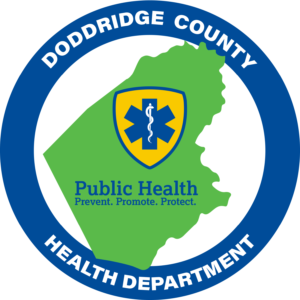February is AMD/Low Vision Awareness Month
A.M.D. stands for Age-related Macular Degeneration. It is an illness that is the leading cause of low vision in Americans older than 50 years of age. The part of the eye affected by this disease is the macula, a pigmented, oval-shaped part of the retina. About 5 mm in diameter, it is responsible for the central vision required for driving, reading, and fine detail. Containing a high number of photoreceptor cells that detect light, it is also responsible for high-resolution vision. A.M.D. is a progressive disease that causes retinal cells to slowly die, though it causes no physical pain.
Medical experts have been able to identify some risk factors that might lead to the onset of A.M.D., including high blood pressure, high levels of blood cholesterol, obesity, and smoking. Other risk factors that a person has no control over are age, heredity, race, and gender. Symptoms of the disease include blurry vision, blind spots, straight lines appearing wavy, doorways seeming crooked, and objects appearing farther away or smaller. When any of these symptoms present themselves, the concerned individual is advised to immediately visit an ophthalmologist.
Though there is no cure for the disease, A.M.D. never causes blindness so it is possible for a patient to live normally with the disease by adapting to the quality of vision they have.
On the other hand, low vision is a visual impairment that cannot be corrected by surgery, glasses, contact lenses, or even pharmaceuticals. Its symptoms are blurry vision, tunnel vision, or blind spots. Low vision does not lead to complete blindness and in fact, can be improved with the use of visual aids. A.M.D. is one of the common causes of low vision, alongside diabetes and glaucoma. Though anyone can be affected by low vision, individuals 45 years and older face more risk.
HOW TO OBSERVE AMD/LOW VISION AWARENESS MONTH
Protect your vision
A.M.D. and low vision can be prevented by important lifestyle habits. Do all you can to protect your vision, starting now.
Spread the information
Spread awareness about these illnesses by starting an online campaign or talking to others about it. The more people know about it, the lesser chance the disease has to gain a foothold.
Exercise consideration for this affected
When you notice a person struggling with either A.M.D. or low vision, be kind enough to make the situation more comfortable for them. Turn off a few lights, ask them if they need help getting to their destination, and render whatever form of help you can.

